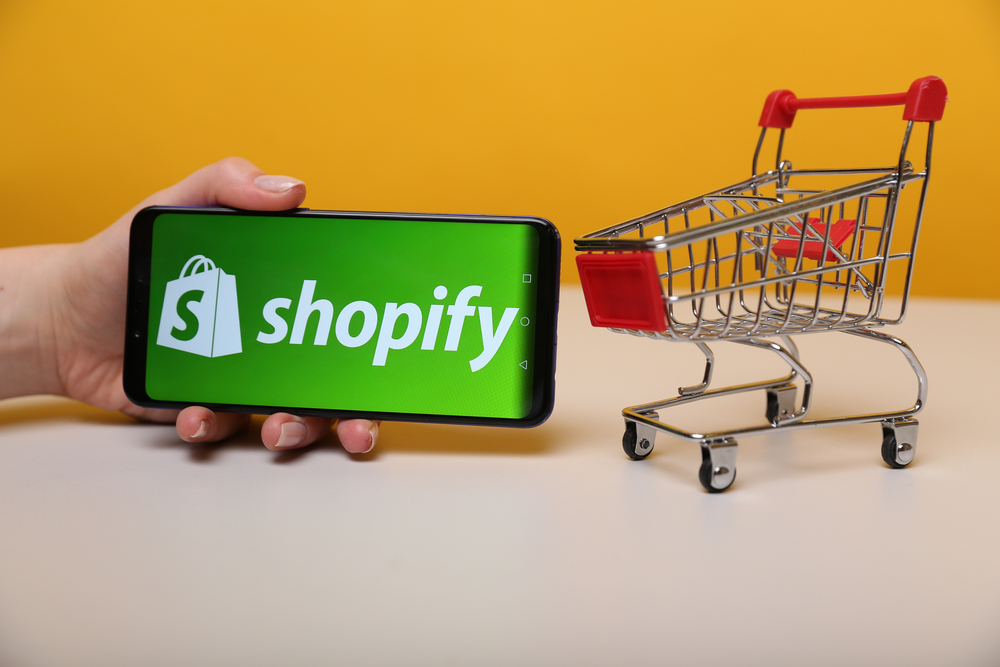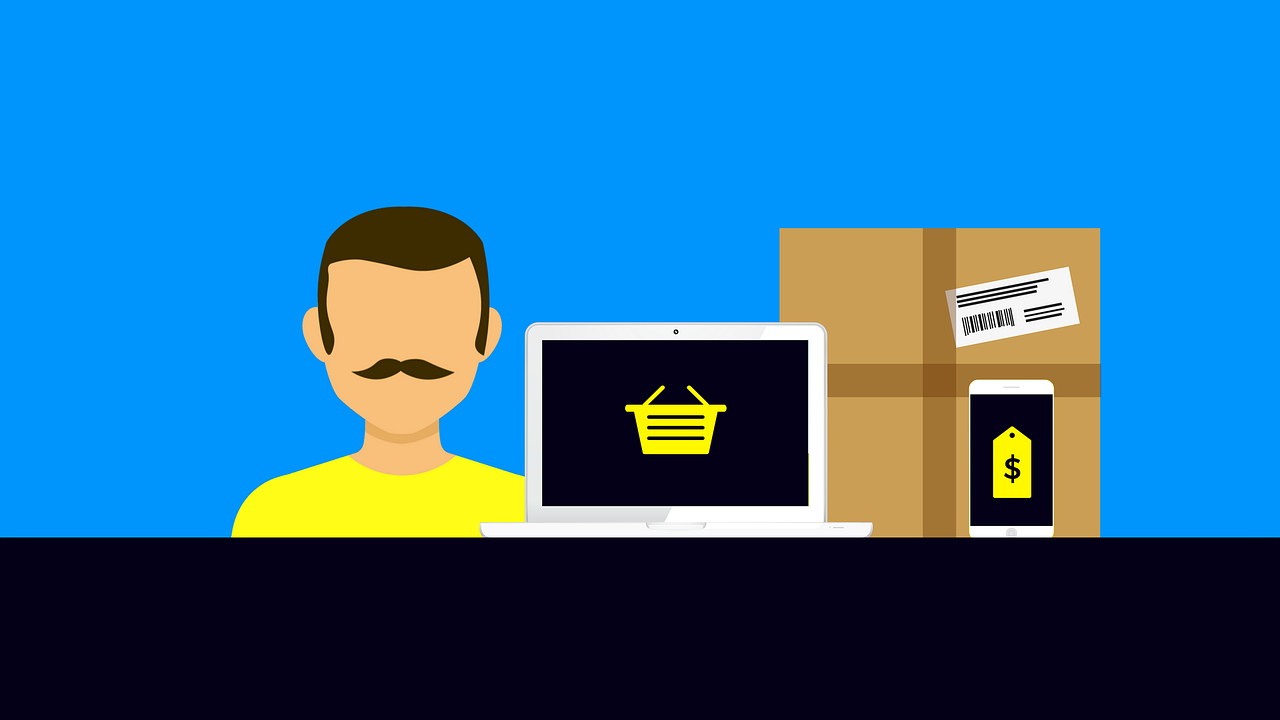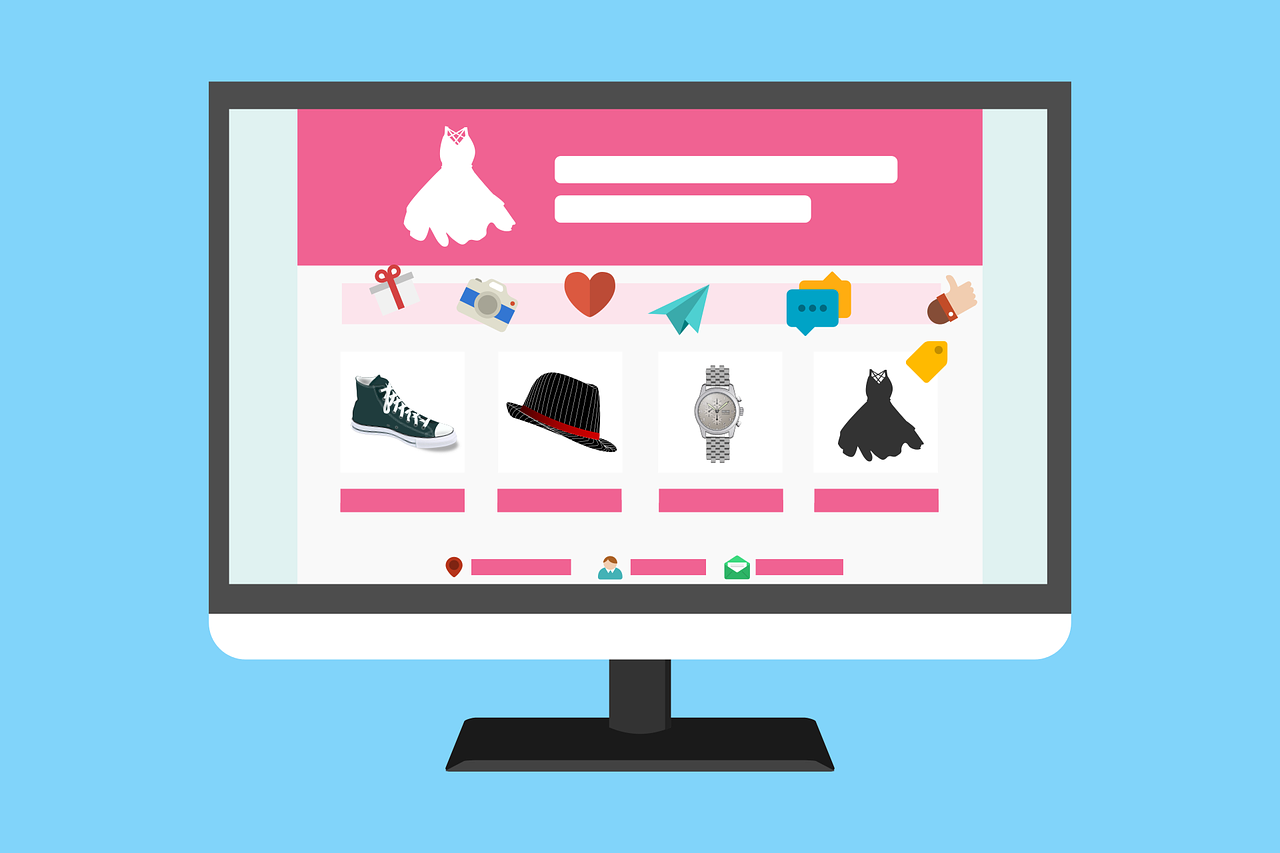Category: E-COMMERCE
-
Reasons Why You Shouldn’t Use Shopify Payments
Shopify is a great platform for sellers of all types and sizes. Therefore, it would make sense to use Shopify Payments as your default payment gateway and processor. However, their payments platform is much more complicated and finicky than Shopify would like you to believe on the surface. Though countless business use Shopify Payments successfully…
Written by

-
How will iOS 14 affect dropshippers
Allow “Facebook” to track your activity across other companies’ apps and websites? Apple is trying to reposition itself with the controversial issue of handling data, confronting Facebook (and many other apps along with it) by creating a barrier around personal data. IOS 14 offers users the ability to opt-out of tracking outside of the app,…
Written by

-
7 Online Strategies For E-Commerce Merchants During The Pandemic
AFFILIATE MARKETING, CHARGEBACK FRAUD, CREDIT CARD PROCESSING, E-COMMERCE, FACEBOOK, FRIENDLY FRAUD, MERCHANT ACCOUNTSSome e-commerce merchants worry the Coronavirus (COVID-19) is influencing sales and merchant processing. Since March, the pandemic has changed the way entrepreneurs operate their business. Offline sales switched to online orders. And, if sales were already online, either revenue has increased or decreased significantly. Demand for credit card processing is also affected. No one really…
Written by

-
Is Your CRM & Shopping Cart Limiting Your Payment Processing Options? Pt. 2
Selecting or switching to the right CRM and shopping cart for an online business is an important decision. If you work with subscriptions or offer multiple payment options at the checkout, these tools will influence sales more than you think. In part two of this blog we will highlight the importance of having key features…
Written by

-
Is Your CRM & Shopping Cart Limiting Your Payment Processing Options? Pt. 1
Are your CRM and online shopping cart compatible with your payment processor? Too often e-commerce business owners launch their online stores without checking their customer relationship management (CRM) and shopping cart capabilities. By the time merchants have integrated these on their website, they discover their setup isn’t the right fit for their payment processor. Alternatively,…
Written by
